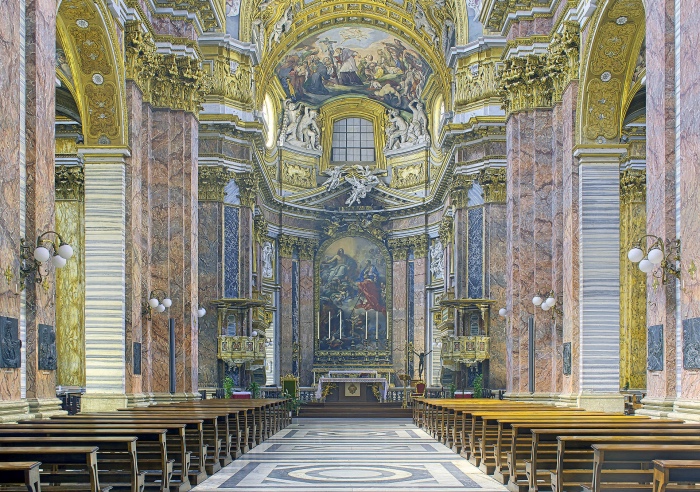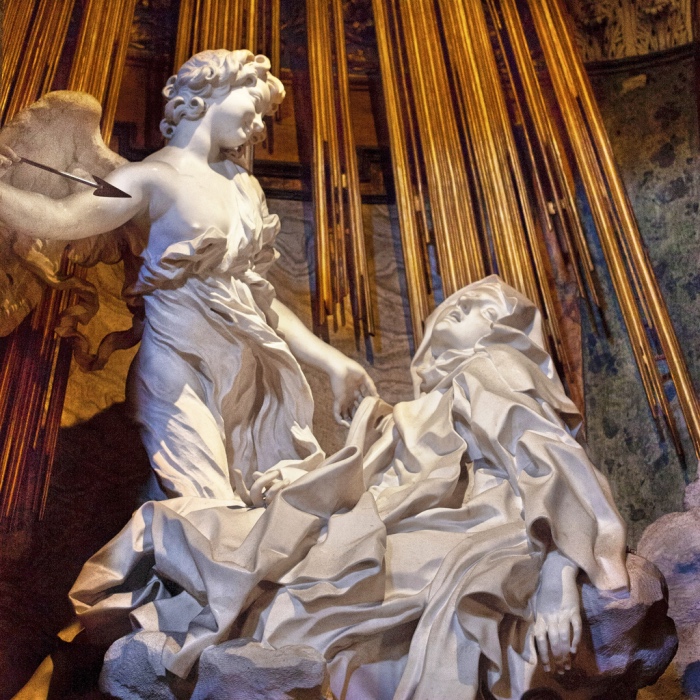
BAROQUE ART: THE ARTISTS OF THE BAROQUE PERIOD
When I admire a Baroque masterpiece I always situate the artists of that period in the world of cinema. A far as I’m concerned, the artists of Baroque art would have been directors of films with spectacular special effects.
When I see an artwork I often imagine that the artist who created it today might be an artist like Damien Hirst or an architect and designer like Zaha Hadid or someone else.
Toward the end of the 16th century in Italy, a generation of artists who created works which developed a new style, was born: Baroque art.
In the hands of the Church and European kingdoms art became a powerful propaganda and persuasion tool, capable of astonishing, but also of transmitting religious dogmas after the Protestant Reformation.
The artists of the Baroque art
Gian Lorenzo Bernini (1598-1680) is one of the leading artists of the Baroque art. Architect, painter, and also set designer, he worked for the Cardinal Scipione Borghese, who commissioned him four sculptures which still today are considered to be Baroque masterpieces: “Aeneas, Anchises and Ascanius”; “The Rape of Proserpina”; “David” and “Apollo and Daphne” (all now displayed in the Borghese Gallery in Rome). Bernini was a socialite, maybe the first starchitect in history; he was as brilliant as he was arrogant.

Francesco Borromini (1599-1667) is the other great Baroque architect together with Bernini, with whom he worked on the plans for St. Peter’s Baldachin, but with whom Borromini would be in dispute all his life.
Perfectionist and introvert, Borromini risked being overshadowed by Bernini all his life.
READ ALSO: Things to see in Rome.
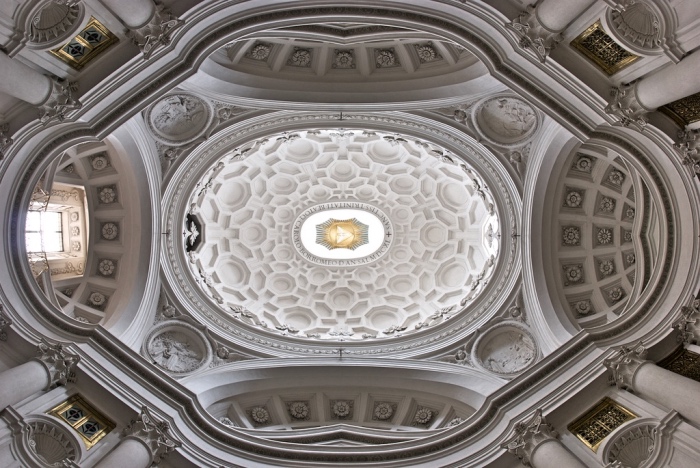
Caravaggio (1571-1610) is the most important Baroque painter.
His paintings have a unique style and influenced crucially all following art.
Although he never established a workshop and never had pupils, several artists drew inspiration directly from his artistic style, and for this reason they were called “the Caravaggisti” or “the Caravagesques”.
Caravaggio’s painting is characterized by 3 elements:
- realism which leads him to paint scenes crowded with characters who seem to exit the streets of Rome at that time;
- use of chiaroscuro, which allowed him to create faces and bodies which seem to be three-dimensional;
- scenes dramatically theatrical, with careful attention to the most tragic moment.
READ ALSO: Still life Caravaggio: Caravaggio’s Basket of Fruit.
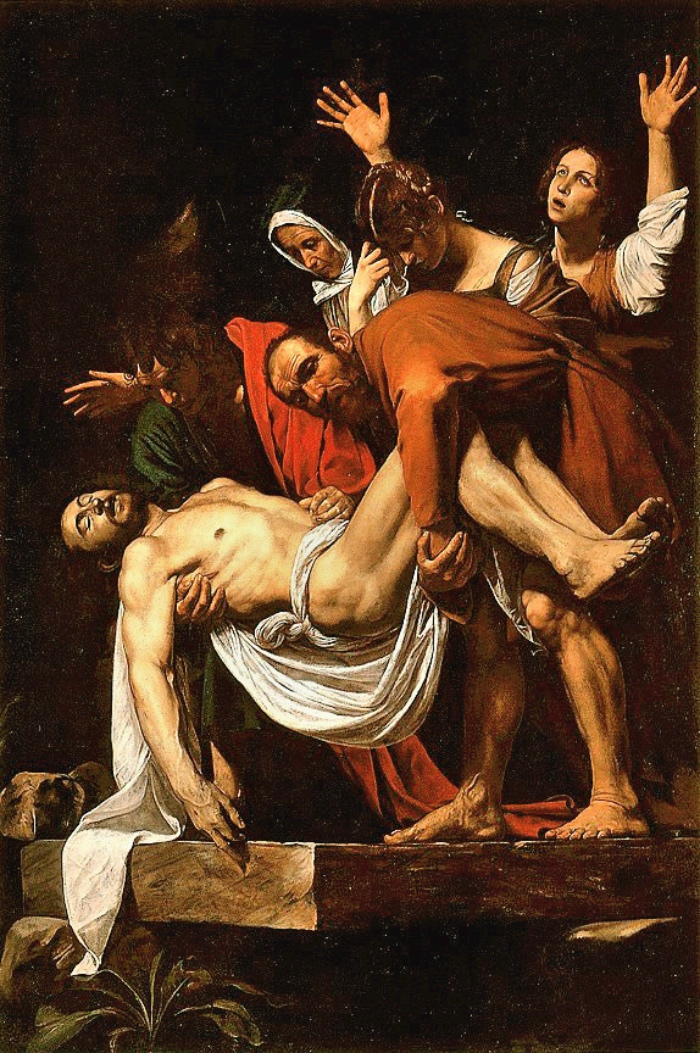
Caravaggio, Deposizione nel sepolcro (1600-1604 circa). Immagine da it.wikipedia.org.
Andrea Pozzo (1642-1709) was an architect, a painter, a decorator, but above all he was the theoretician of Italian Baroque.
His theoretical essay Perspectiva pictorum et architectorum (Rules and examples of perspective proper for painters and architects), written between 1693 and 1698, was one of the earliest manuals on perspective for artists and architects, and, in fact, it was the starting point for the creation of all architectures and decorations characterized by illusory effects.
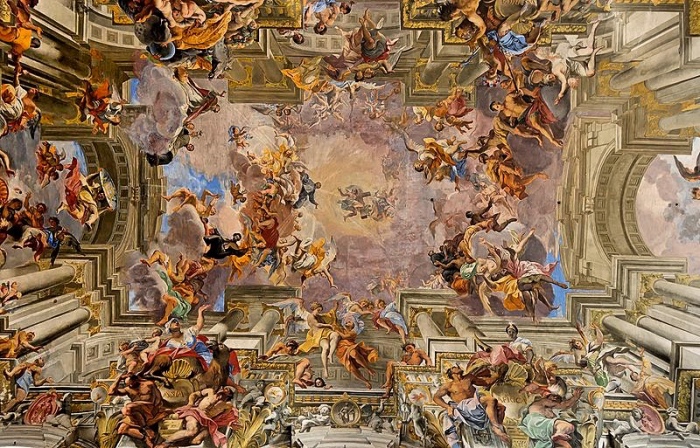
Pietro da Cortona (1596-1669) was one of the key figures in the emergence of Roman Baroque architecture together with Bernini and Borromini.
He designed the Papal Palace of Castel Gandolfo as we see it today.
